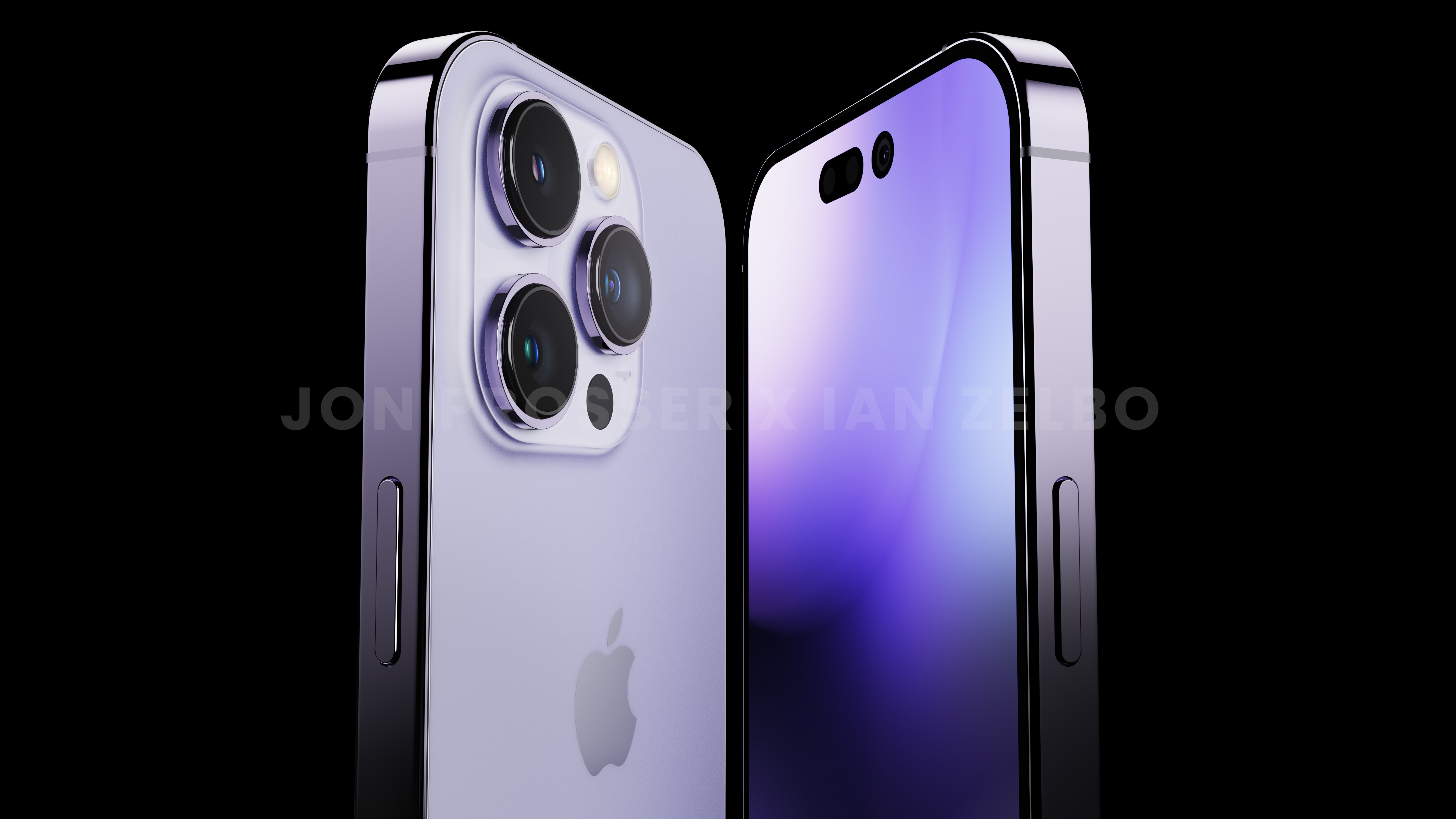iPhone 14 Pro could finally get this long-running Android feature
Mark Gurman tips an always-on display for iPhone 14 Pro

Update (June 27): Gurman's made more claims about what the iPhone 14 Pro always-on display could do.
Apple's iPhone 14 Pro could finally come with an always-on display giving it a feature the best Android phones have been using for years. But the iPhone 14 is tipped to miss out.
That's according to regular and reliable Apple tipster and Bloomberg reporter Mark Gurman, who in his Power On newsletter mentions a snippet Apple fans will want to pay attention to.
“I’m told iOS 16 builds in future support for an always-on lock screen, something Apple was originally planning for last year’s iPhone 13,” claims Gurman. “This would allow the iPhone to turn down the frame rate significantly on the lock screen and display quickly glanceable information – similar to newer Apple Watches.”
It’s not the first time this has been mooted as a possibility for the 2022 iPhone, and for many the reaction will be “it’s about time.”
The technology (albeit in an initially rudimentary form) has been a part of phones for over a decade now, and routinely appears in Android flagships, allowing you to check the time, data and notifications without unlocking touching your handset. The closest the iPhone has is lift-to-wake, which brings the whole screen to life and, of course, actually requires contact.
Apple’s solution may be a bit more gentle on battery, however. As Android versions have been around so long, they’ve been at the mercy of 60Hz screens, while Apple introduced a 120Hz panel with the iPhone 13 Pro, capable of switching between 10Hz and 120Hz.
Get instant access to breaking news, the hottest reviews, great deals and helpful tips.
Rumor has it that the low-temperature polycrystalline silicon (LTPS) panels that Apple plans to use this time will go yet further, allowing the panel to refresh once a minute — which would be unbearable for most functionality, but ideal for updating the time and date on a near-static display.
But crucially, this is almost certainly going to be exclusive to the iPhone 14 Pro and Pro Max models, with the regular versions incapable of varying their refresh rates. Gurman says that he was informed that “the always-on display mode is an exclusive to the iPhone 14 Pro and iPhone 14 Pro Max models (…) if the feature ever makes the cut.”
iPhone 14: Dividing lines
While an always-on display is nice to have, few would call it a killer feature — or one that’s worth paying the $200 difference between regular iPhone and Pro model, at any rate.
But we’re not expecting this to be the only difference, with past Pro versions boasting considerably better camera performance and the benefit of a ‘Max’ sized screen.
While the latter difference is set to be abandoned this year (the iPhone 12 and 13 mini variants sold so poorly that Apple is apparently going to offer the iPhone 14 Max instead), there will apparently be another big dividing line between iPhone 14 and iPhone 14 Pro this time around: speed.
For the first time, Apple is reportedly planning on making the new A16 chip exclusive to Pro models, and leaving the regular iPhone 14 with last year’s A15 processor.
That’s a gamble: if I was all set to buy an iPhone 14 in September and then found it contained the same chip as last year, my instinct would be to purchase an older iPhone 13 Pro instead to get the same speed as well as the 120Hz screen. If enough people do that, then Apple may find that it’s not just the mini that’s a let down, sales wise.
Freelance contributor Alan has been writing about tech for over a decade, covering phones, drones and everything in between. Previously Deputy Editor of tech site Alphr, his words are found all over the web and in the occasional magazine too. When not weighing up the pros and cons of the latest smartwatch, you'll probably find him tackling his ever-growing games backlog. He also handles all the Wordle coverage on Tom's Guide and has been playing the addictive NYT game for the last several years in an effort to keep his streak forever intact.

